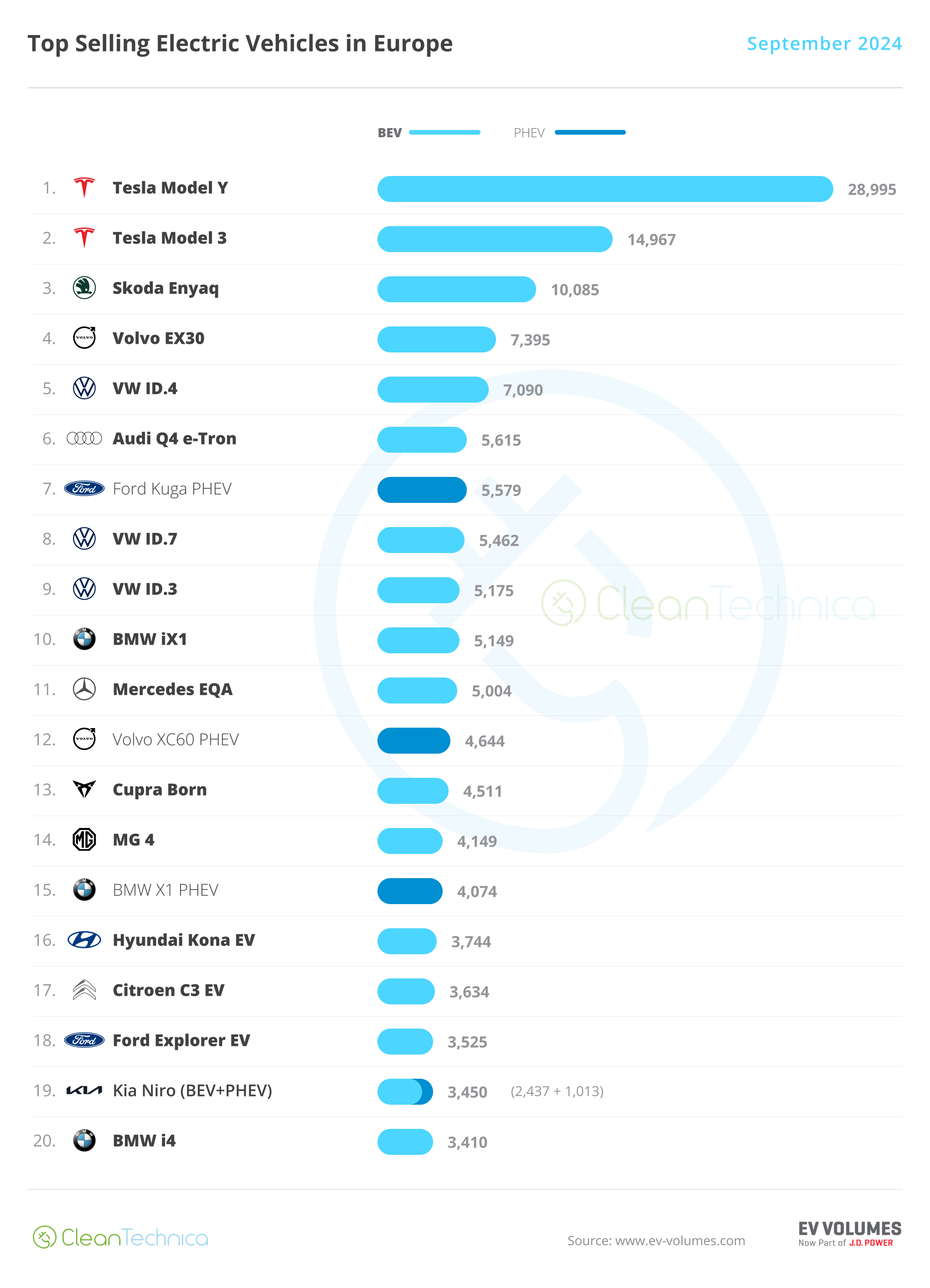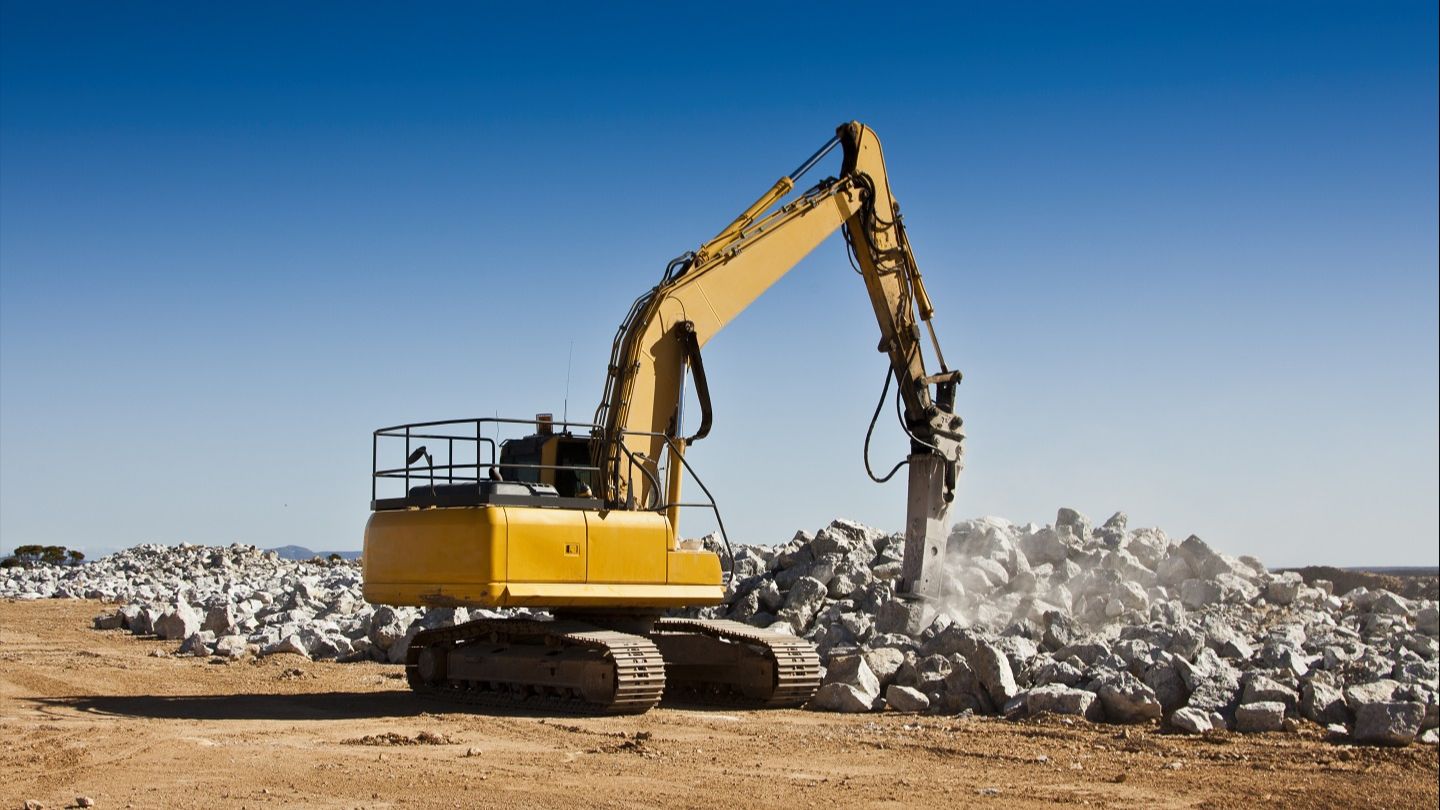Sign up for daily news updates from CleanTechnica on email. Or follow us on Google News!
Silicon battery technology has been slowly creeping out of the laboratory and into the commercial market, with the promise of lower costs and higher performance than conventional lithium-ion batteries. The trickle is about to turn into a flood. The US Army, for one, is helping to accelerate the use of silicon technologies in wearable batteries, and that could help smooth the way for silicon EV batteries, too.
The Long Road To Silicon EV Batteries Is A Long One
To be clear, silicon batteries deploy lithium-ion technology. The difference is that conventional Li-ion batteries use graphite for the anodes. Silicon batteries use, well, silicon.
“Silicon has long held out promise as a medium for anodes, because it can hold 10 times as many lithium ions by weight as graphite,” Prachi Patel reported for IEEE Spectrum last May. “In fact, silicon’s first documented use as a lithium battery anode even predates that of graphite—by seven years.”
So, what happened? Why do we still have EV batteries with graphite instead of silicon? The answer is that battery innovators have had to overcome some significant hurdles in the path of the silicon EV batteries of the future.
“The trouble is, silicon expands greatly when it encounters lithium, and it is too weak to withstand the pressure of electrode manufacturing,” the US Department of Energy’s Pacific Northwest National Laboratory noted back in 2020.
The lab was already hot on the heels of a solution. “As early as 2010 PNNL was plotting the demise of the graphite anode for EV batteries, with an assist from silicon,” CleanTechnica noted that same year.
Silicon Batteries And The US Army
Much has happened since 2020 in terms of improving silicon technology and bringing the technology to market, too (see more silicon battery coverage here).
One factor helping to drive activity in the silicon area is the US Army. Although the Army has been slow to adopt battery-powered electric vehicles, it is constantly on the lookout for opportunities to lighten the heavy load of portable batteries carried around by the modern Soldier to power their increasingly large stock of portable electronic gear. Longer-lasting batteries are also a priority.
With drone technology adding fuel to the fire, in recent years the search for a better US Army battery has increasingly focused on silicon anodes.
In 2021 the US silicon battery startup Amprius Technologies won a contract with the Rapid Capabilities and Critical Technologies Office of the US Army to deploy its new silicon battery in drones, and things have been moving along at a rapid clip since then.
The 18-month contract included the design, development, and validation the new battery, all in one rapidfire sequence. As part of the contract, Amprius also began building and testing battery cells to dovetail with the Army’s new Conformal Wearable Battery platform for portable energy storage, which fits more snugly than the old brick-style battery vests.
In 2022 the company reached an important milestone for its US Army-grade silicon battery cell, having passed a required nail penetration test.
Most of us in civilian life do not have to worry about having our batteries penetrated by nails, but that is a fact of life on the battlefield.
“After nail penetration the cell is still functioning and providing power, a critical capability for soldier wearable batteries,” the company reported.
Scaling Up Silicon Battery Production
EV batteries for the US Army are not part of the Amprius contract, but the military connection has supported the company’s expansion plans. Development of the new battery is just part of Amprius’s collaboration with the Army. The other part involves generating the ability to deliver it at scale.
Last year, Amprius issued a progress report on its work in the Conformable Wearable Battery area, noting that it dovetails with the Army’s stipulation of large-scale deployment in manufacturing systems. The firm Inventus Power is also collaborating on the CWB program.
“Amprius has achieved significant progress in its Army-funded Manufacturing Technology (ManTech) program, an industrial preparedness program focused on addressing Army-wide manufacturing requirements,” the company explained last year, when it passed a milestone for mass production of the new battery.
That brings us up to January 3, when Amprius kicked off 2024 with a press release announcing an at-scale shipment of the new battery to the US Army. No word yet on the quantity involved, but company noted that its ManTech grant provided it with an opportunity to fine-tune its mass production systems.
“Today, Amprius is finalizing its automation, testing and manufacturing process cost-reduction initiatives in order to prepare for large-scale production in Colorado targeted to be operational in 2025,” the company reported.
That was just a couple of weeks ago. On January 16, Amprius launched an expansion of its portfolio of “industry-leading silicon anode batteries targeted to revolutionize electric mobility.” As described by Amprius, the new silicon product platform, called SiCore, is “designed to offer high energy density, up to 400 Wh/kg, and long cycle life, as many as 1,200 cycles at full depth of discharge.”
Amprius CEO Dr. Kang Sun dropped more than a few hints about electric vehicles into the press release announcing the SiCore launch.
“Amprius sees a significant opportunity with SiCore to broaden our silicon anode battery solutions today and to advance more applications across electric mobility,” he said. “The global battery market size for electric mobility is projected to grow to over $100 billion by 2025, including aviation and electric vehicles.”
“This new product platform is expected to strengthen our ability to meet customers’ volume shipment requirements immediately while presenting a drop-in solution to foster silicon anode adoption in multiple applications, allowing us to better address this growing market,” he added.
More Electric Vehicles For The US Army
Along with its work for the US Army, Dr. Sun also noted that the company has relationships with AALTO/Airbus, AeroVironment, BAE Systems, and Teledyne FLIR.
Looking beyond smaller use cases like wearable batteries and drones, the benefits of lighter, faster-charging, longer-ranging EV batteries, and silicon technology could help nudge the Army to ramp up its vehicle electrification efforts.
The Army has been experimenting with on-base uses for electric vehicles for more than 10 years, but it has been treading carefully in the area of frontline operations. Nevertheless, its Electric Light Reconnaissance Vehicles program has provided an opening. That opening could be amplified by the participation of OshKosh Defense, which is also involved in the push to electrify Postal Service vehicles.
In February of 2022, the Army also let word slip that it was exploring a Light Tactical Vehicle collaboration with the EV startup Canoo under the name “Screaming Eagle.” Depending on funding availability, the Army reportedly expects to launch a battery-powered Light Tactical Vehicle prototype effort this year, following a final report on electric trucks from Lordstown Motors and GM along with the Canoo vehicle.
Meanwhile, Canoo has already spun out the American Bulldog electrick pickup truck, a civilian version of its work with the Army, under the name American Bulldog, so keep an eye out for that.
Follow me @tinamcasey on Bluesky, Threads, Post, and LinkedIn.
Image: Silicon anodes for EV batteries are somewhere in the future (courtesy of Pacific Northwest National Laboratory).
Have a tip for CleanTechnica? Want to advertise? Want to suggest a guest for our CleanTech Talk podcast? Contact us here.
Our Latest EVObsession Video
I don’t like paywalls. You don’t like paywalls. Who likes paywalls? Here at CleanTechnica, we implemented a limited paywall for a while, but it always felt wrong — and it was always tough to decide what we should put behind there. In theory, your most exclusive and best content goes behind a paywall. But then fewer people read it!! So, we’ve decided to completely nix paywalls here at CleanTechnica. But…
Thank you!
CleanTechnica uses affiliate links. See our policy here.




